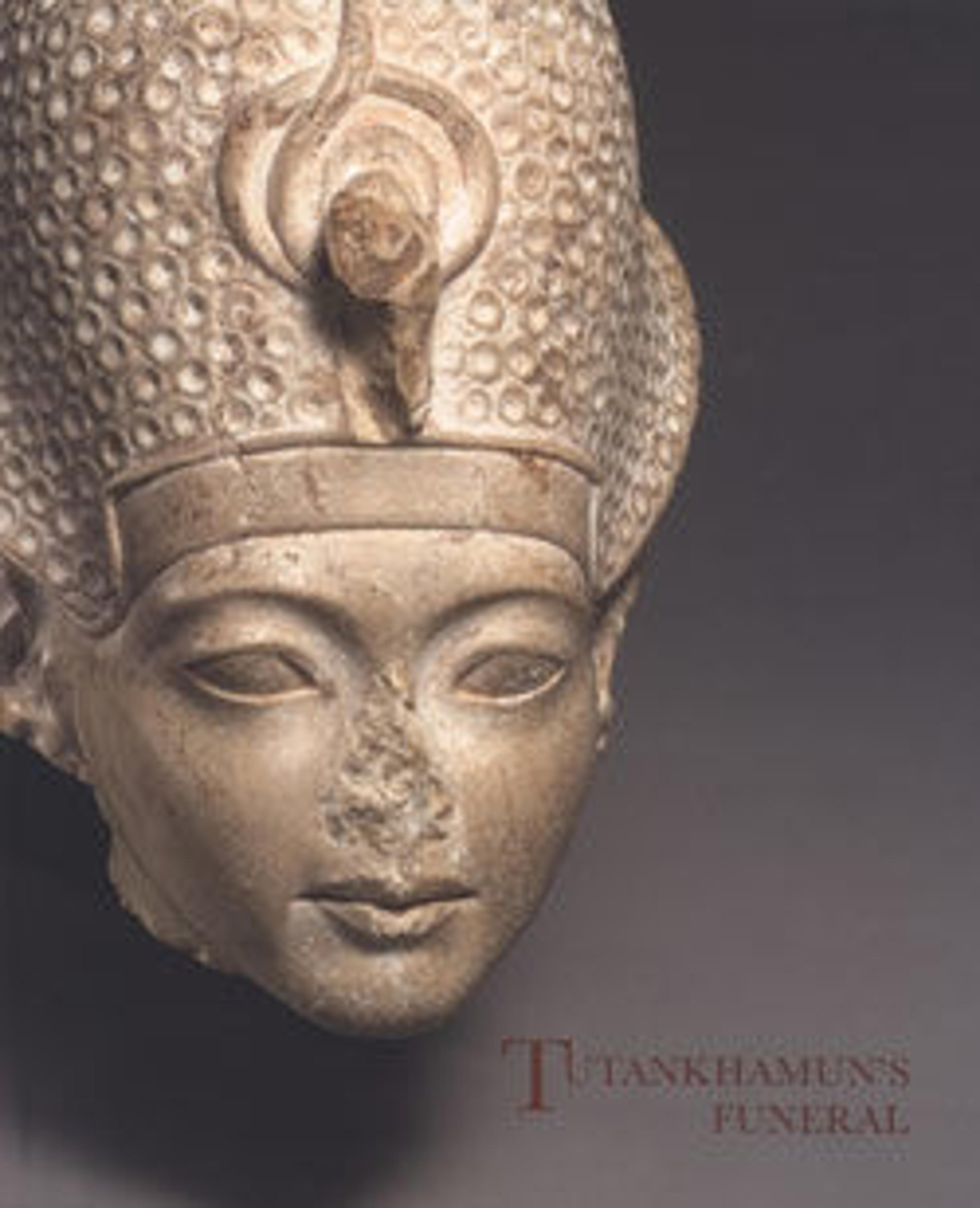Shabti of Akhenaten
Shabtis were intended to perform work that the deceased was called upon to do in the afterlife. More than two hundred shabti fragments inscribed for Akhenaten are known, and their existence suggests that belief in the afterlife and certain aspects of traditional funerary practices survived during the Amarna period. However, not surprisingly, Akhenaten's shabtis are inscribed only with the king's names and titles (see 47.57.2 or 66.99.106), not the standard shabti text (see 86.1.22).
Shawabtis for the king's burial were probably prepared throughout his reign and in different workshops, as they show considerable variability. His shabtis with his burial equipment were certainly stored in the Royal Tomb, whatever scenario is imagined around his death and burial.
Shawabtis for the king's burial were probably prepared throughout his reign and in different workshops, as they show considerable variability. His shabtis with his burial equipment were certainly stored in the Royal Tomb, whatever scenario is imagined around his death and burial.
Artwork Details
- Title: Shabti of Akhenaten
- Period: New Kingdom, Amarna Period
- Dynasty: Dynasty 18
- Reign: reign of Akhenaten
- Date: ca. 1353–1336 B.C.
- Geography: From Egypt; Probably from Middle Egypt, Amarna (Akhetaten)
- Medium: Faience
- Dimensions: H. 11 × W. 7.6 × D. 5.2 cm (4 5/16 × 3 × 2 1/16 in.)
- Credit Line: Purchase, Fletcher Fund and The Guide Foundation Inc. Gift, 1966
- Object Number: 66.99.37
- Curatorial Department: Egyptian Art
More Artwork
Research Resources
The Met provides unparalleled resources for research and welcomes an international community of students and scholars. The Met's Open Access API is where creators and researchers can connect to the The Met collection. Open Access data and public domain images are available for unrestricted commercial and noncommercial use without permission or fee.
To request images under copyright and other restrictions, please use this Image Request form.
Feedback
We continue to research and examine historical and cultural context for objects in The Met collection. If you have comments or questions about this object record, please contact us using the form below. The Museum looks forward to receiving your comments.
